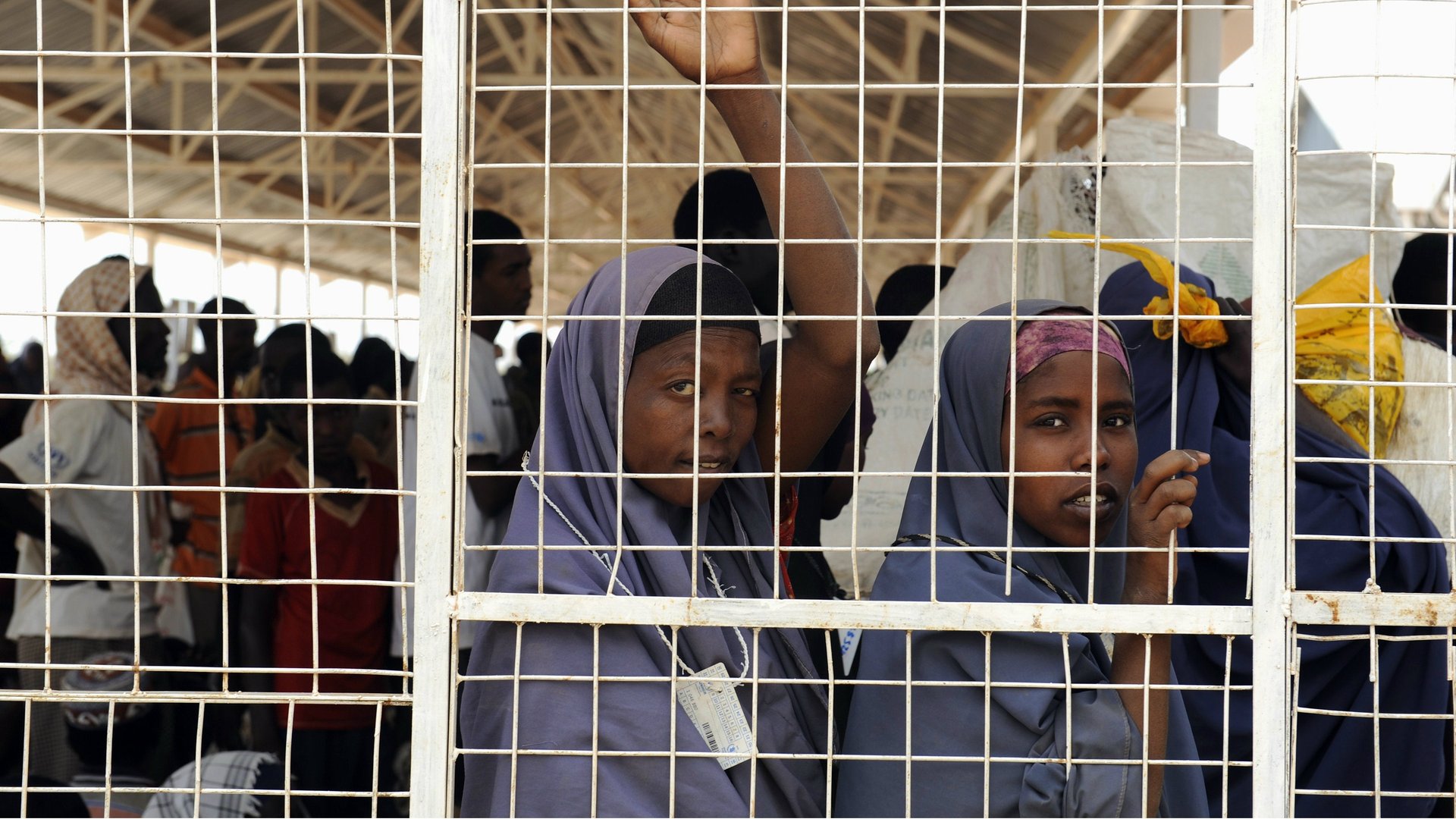There are 20 million refugees in the world. Less than 1% of them have been resettled
The number of people fleeing war, violence and persecution passed the 20 million mark last year. When factoring in the number of internally displaced people, 2015’s total number of refugees could fill New York, London and Jakarta combined.


The number of people fleeing war, violence and persecution passed the 20 million mark last year. When factoring in the number of internally displaced people, 2015’s total number of refugees could fill New York, London and Jakarta combined.
Yet, less than 1% of these refugees were resettled last year. It’s for this very reason that Filippo Grandi, the UN high commissioner for refugees, is calling on more countries to shoulder the burden of the seemingly endless refugee crisis.
There are more people forced from their homes by conflict and hardship now than any other time in history, Grandi told the BBC, but so far there are only “a few countries that host hundreds of thousands of refugees.” He argued that countries that don’t share borders with other nations savaged by conflicts should play their part in hosting and caring for refugees, in order to avoid “knee-jerk reactions, closures, rejections.”
Just last week, Kenya threatened to close the world’s largest refugee camp, Dadaab, and send some 600,000 people back to the conflict and violence they fled. The government, which has made similar threats before, has gone so far as to disband its refugee department this time.
Dadaab best represents the protracted situation many refugees now find themselves in. The camp was set up in 1991, taking in thousands of Somali refugees fleeing the violence of the civil war that erupted in the neighboring country. Of the 463,000 refugees who call Dadaab home, 10,000 are third-generation refugees born in the camp, many of whom are frozen in time. Refugees aren’t allowed to work in their host country or even leave the camp without special permission, can’t return home for fear of violence, and aren’t likely to be resettled.